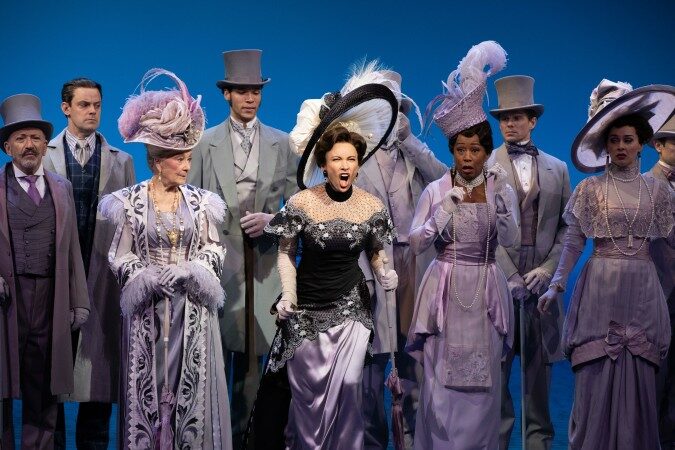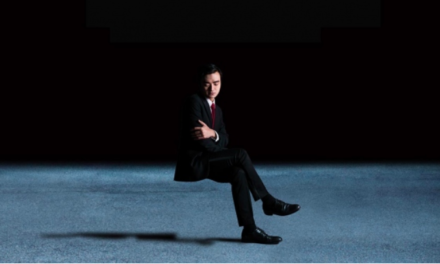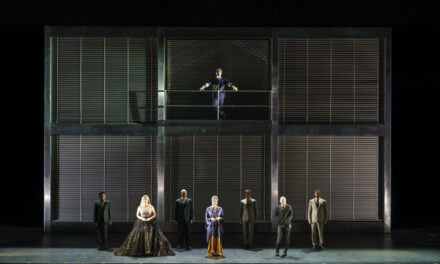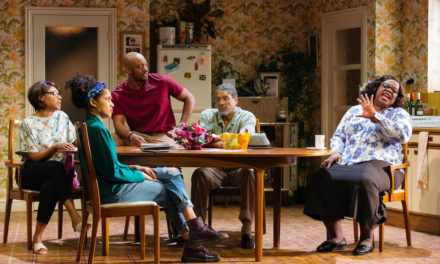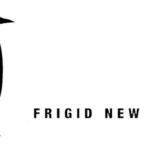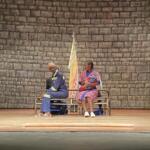When I first reviewed Lincoln Center Theater’s 2018 revival of My Fair Lady, I looked at my notepad, messy with scribbles as it was after writing in the dark, and read nostalgia. True nostalgia. Not the kind you imagine might smell like mothballs or old newspapers, but the kind of nostalgia that feels like opening up a chamber in your heart to find a thing that once nestled itself there and stayed.
Where other productions that year had stumbled in their efforts to stage revivals of classic theater, Bart Sher’s opulent, elegant My Fair Lady brushed dramatic new hues into this vintage musical, inflecting modernity so subtly into a property bound to musical theater’s Golden Age that I’d hoped never to close that chamber again.
Yet, nostalgia inevitably has something to prove. Why go back to that place, anyway?
Ten months after it first opened (and over $50 million in grosses later), illuminated with a new cast of brilliant stars, Lincoln Center’s My Fair Lady continues to push the boundaries of that question. This time, I no longer felt nostalgic; I felt an invigorating newness, a certain charming industriousness that comes only once a musical ceases being some cherished relic on display and, having settled into its boards, chugs along with the tenacious energy of something resolutely alive.
With four new leading stars settled into principal roles — Laura Benanti as Eliza Doolittle, Danny Burstein as her father, Christian Dante White as her love-struck suitor and Rosemary Harris as Mrs. Higgins — Lincoln Center has reaffirmed its mandate for Lerner and Loewe’s 1956 classic, casting off whatever creative anxiety that had earlier dogged this production and staging a decidedly lighter, exuberant My Fair Lady.
Like nostalgia, Sher’s revival did have something to prove. While the director’s impressive track record at Lincoln Center speaks for itself — his revivals of The King and I and South Pacific equally as successful — it’s safe to say that more may have been at stake in 2018. The story of an uneducated Cockney flower girl who’s passed off as an aristocratic debutant by linguist Henry Higgins, endeavoring in a twisted bet to see just how malleable the girl might be, My Fair Lady is not obviously sculpted for today’s taste.
What made Sher’s production so inventive, so dexterous, is that it quietly and reverently handed that mold to Eliza. Sher’s My Fair Lady was, without changing a word, now the story of Eliza Doolittle, and how she might mold Henry Higgins, brash and impulsive, pompous and narcissistic, into a more palatable man. Her transformation from flower girl to elegant English lady could no longer be chalked up to a charismatic Higgins, but was an opportunistic effort of Eliza’s, already in possession of a noble, sagacious dignity.
Lauren Ambrose, who originated the role of Eliza last year, excelled in this challenge, bringing to Eliza a maturity, intelligence and grace that subtly shifted the entire character of this show.
Yet, the inevitable gravity of that project, of the need to do that work, permeated the theater when My Fair Lady opened, weighing down, if only faintly, Ambrose’s leading lady turn. Now, having succeeded in its mission, Lincoln Center’s My Fair Lady feels distinctly untroubled, joyous and expressive in a way it wasn’t before — due, in no small part, to Laura Benanti.
Benanti, who has more than once publicly gushed that she’s dreamed of playing Eliza, brings to this production an indelible warmth and defining strength. Her Eliza is a playful, jestful one, bearing a gaiety and cheerfulness that’s genuinely energizing for a show nearly a year into its run. For Sher’s conception to work — to hand that mold to the leading lady — Eliza the flower girl and Eliza the debutant must undeniably be the same person, save the polish and plumes. And Benanti’s characterization, infused with an unconquerable humor and sass — Eliza Doolittle has never made me laugh so hard — has tied those two ends together with a wit (and with it, wisdom) that excels in this interpretation.
Benanti, whose voice is less classically trained than Ambrose’s, a little more Broadway mixed in with the vibrato of a Lerner and Loewe soprano, delivers the score with a refreshing clarity and purity. Too often the simple, lyrical power of Loewe’s score is lost under a dulcet soprano struggling to find stamina, but Benanti’s voice, light and focused, is a perfect match.
Curiously, the role of Eliza Doolittle has avoided the Tony prize of Best Actress in a Musical; Lauren Ambrose (who lost last year’s Tony to Katrina Lenk in “The Band’s Visit”) and Julie Andrews, who originated the role in 1956, are the only Elizas to have been nominated. Yet, I wonder, and I intend no disrespect to Mrs. Ambrose, if Benanti’s Eliza would have taken home the prize.
She plays effortlessly off of Harry Hadden-Paton, who’s stayed on as Henry Higgins. Having grown comfortable in the role, noticeably more relaxed, Hadden-Paton’s characterization is only more deliciously awful, his highs and lows more wonderfully absurd.
Only Danny Burstein could make a dapper morning coat look second to Alfred P. Doolittle’s ratty bar wear. As Eliza’s philosopher-drunk father, Burstein delivers Alfred’s folksy wisdom with impressive definition, following Norbert Leo Butz’s Tony-nominated turn. And as Freddy Eynsford-Hill, Eliza’s charming, though clueless suitor, Christian Dante White is a dapper show stealer. Though the character of Freddy is awarded one of My Fair Lady’s most beloved ballads, “On The Street Where You Live,” his plot line, marginal to Eliza’s drama with Higgins, can be difficult to infuse with enough character to deliver the famed ballad to expectation. But White, whose “On the Street Where You Live” is truly marvelous, beaming with energy, his tenor the most powerful voice in this cast, excels at his caricature of blind love.
And what a supreme joy it is to see Rosemary Harris, now a young 91, in the role of Mrs. Higgins, Henry Higgins’ mother. 67 years after her Broadway debut, the grace and poise that she brings to Mrs. Higgins, endlessly wise and gloriously sovereign, is unparalleled. She barely needs to speak a word to put Hadden-Paton’s Higgins, and with him the rest of the audience, in his place.
In his book The Secret Life of the Broadway Musical, Jack Viertel begins with a simple question: is a Broadway musical an animal or a machine? Very few, among them My Fair Lady, become the living, breathing and enchanting beings that we want them to be. But all are inevitably machines, tweaked and prodded, retuned and remade, built to make a transcendent product.
In many ways, Lincoln Center’s My Fair Lady, animated with a new principle cast, is a case study in both paradigms. Switch out the parts and you’ll make something new — perhaps something a bit lighter, a bit more efficient. But test the elasticity of something that’s enchanting and alive — nourish it with new and lasting talent — and it, too, will continue to thrive.
This post was written by the author in their personal capacity.The opinions expressed in this article are the author’s own and do not reflect the view of The Theatre Times, their staff or collaborators.
This post was written by Michael Appler.
The views expressed here belong to the author and do not necessarily reflect our views and opinions.

